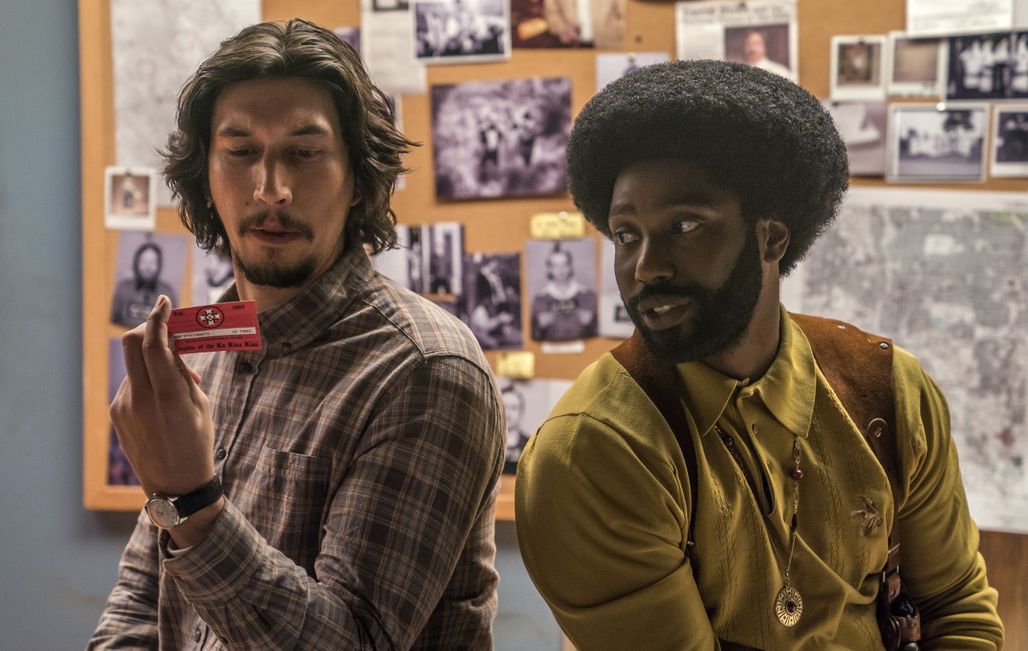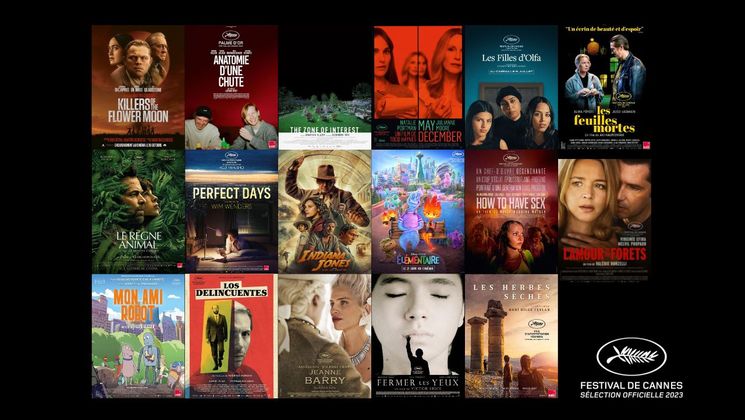
Spike Lee’s BlacKkKlansman: an African American at the pinnacle of the KKK

This is the fifth film in Selection and third in Competition for Spike Lee, following Do the Right Thing (1989), Jungle Fever (1991), Girl 6 in a Special Screening (1996) and Ten Minutes Older at Un Certain Regard in 2002. With BlacKkKlansman, a thriller about the Ku Klux Klan, he reconnects with the hard-hitting 1990s activism which made him the spokesman artist for the African American community. The American director has adapted the incredible story of Ron Stallworth, a black police officer from Colorado Springs, who infiltrated the racist organisation at its highest level.
This adaptation of Ron Stallworth's 2014 autobiography, Black Klansman, tells the extraordinary story of a detective who managed to join his local chapter of the Ku Klux Klan in the late 1970s. His intricate web of deception allowed him to reach the pinnacle of the white supremacist organisation, founded in 1865. The African American officer managed to foil a large number of their operations without anyone suspecting the colour of his skin.
Ron Stallworth, played by John David Washington (son of Denzel Washington) calls on a white officer played by Adam Driver as cover, to impersonate him at face-to-face meetings. Adam Driver also features on the poster of the closing film, Terry Gilliam's The man who killed Don Quixote. In BlacKkKlansman, the director of Malcom X (1993) remains firmly anchored in the campaigning cinema which motivates him, tirelessly questioning racial and social inequalities in the United States. In 1997, his documentary 4 Little Girls focused on the attack on a Baptist church by KKK members, which killed four young girls in Birmingham, Alabama in 1963: a tragedy which deeply shocked the African American community at the time.


